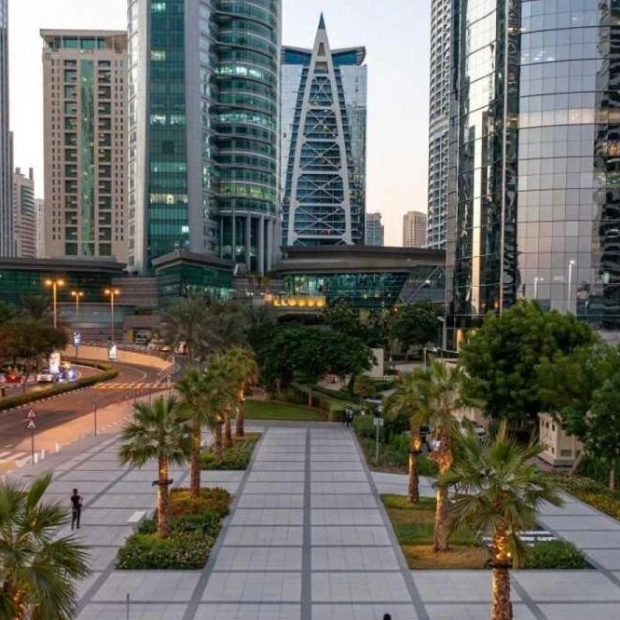The $20 billion India-Middle East Europe Economic Corridor (IMEC), seen as a response to China's Belt and Road Initiative, is poised to commence its India-UAE segment with a digital platform facilitating information exchange between ports. This initiative, designed to link ports in both nations and boost trade efficiency, is expected to become operational within the initial 100 days of Modi 3.0. The platform will standardize vessel, voyage, and cargo procedures among ports on India's western coast, including Mundra, Kandla, and Nhava Sheva, and those in the UAE, such as Jebel Ali and Fujairah. The initial step involves digitizing vessel and voyage documentation exchanges, aiming to enhance operational efficiency and ease compliance, thus promoting trade and business facilitation, as experts suggest. Announced in September 2023 during the G20 Summit in New Delhi, the 4,800 km IMEC involves a complex network of railroads, ship-to-rail systems, and road transport across two main corridors. It was proposed following a meeting with leaders from India, the US, the UAE, Saudi Arabia, Italy, France, Germany, and the European Commission. The ambitious project aims to boost efficiency, cut costs, secure supply chains, enhance trade access, foster economic collaboration, create jobs, and reduce greenhouse gas emissions, thereby integrating Asia, Europe, and the Middle East significantly. Strategically positioned as a counter to China's BRI, the IMEC, despite its limited scale and scope, is crucial. India's External Affairs Minister, S Jaishankar, recently expressed concern over delays in IMEC's implementation due to Middle East tensions but affirmed all parties' commitment to the project. A core strategy of IMEC involves seamless cargo movement, such as from Mundra to Haifa in Israel, requiring uniform port and customs documentation across India, UAE, Jordan, and Israel, along with standardized equipment and containers. The plan includes shipping goods from Indian ports to Haifa within 48 hours, contingent upon constructing missing rail links in Saudi Arabia and Jordan, currently under initial assessment. The project also includes developing a mega port at Vadhavan in Maharashtra for enhanced operational efficiency, with the Cabinet approving the development of a major greenfield port as part of the corridor. Analysts emphasize the stakes for India and other IMEC partners, suggesting that significant work on the trade corridor should proceed despite the Middle East crisis. The India-UAE leg is the first to be prioritized. From a Gulf perspective, this new venture reinforces the region's historical role as a key trade route connecting Asia, Europe, and Africa, leveraging its advantage in providing affordable and reliable energy globally. The project promises economic benefits for India, leveraging its large diaspora in the Middle East, enhancing energy security, and expanding markets for Indian goods, thereby strategically positioning India in the Indian Ocean and extending its reach into the Mediterranean and Atlantic regions. The corridor aims to stimulate sustainable and inclusive economic growth for all stakeholders, including the UAE and Saudi Arabia, major trade partners of India, creating new trade routes and boosting trade between India, the Middle East, and Europe, thereby opening up opportunities for the UAE and Saudi Arabia to expand their export markets and attract foreign investment. The IMEC project comprises two main components: the east corridor connecting India to the Arabian Gulf, and the northern corridor linking the Gulf to Europe with railway lines that, once completed, will offer more reliable and cost-effective cross-border ship-to-rail transit compared to existing sea and road transport routes.

Text: Lara Palmer
27.06.2024
Digital Platform to Enhance Trade Efficiency and Connect Ports





